Mark Your Calendars: The Grand Tourist 2026 Guide to Art and Design Fairs
A great design or art fair sets the tone for the year, defines the conversations, and points to where taste is headed. These are the fairs defining 2026. Save the dates.
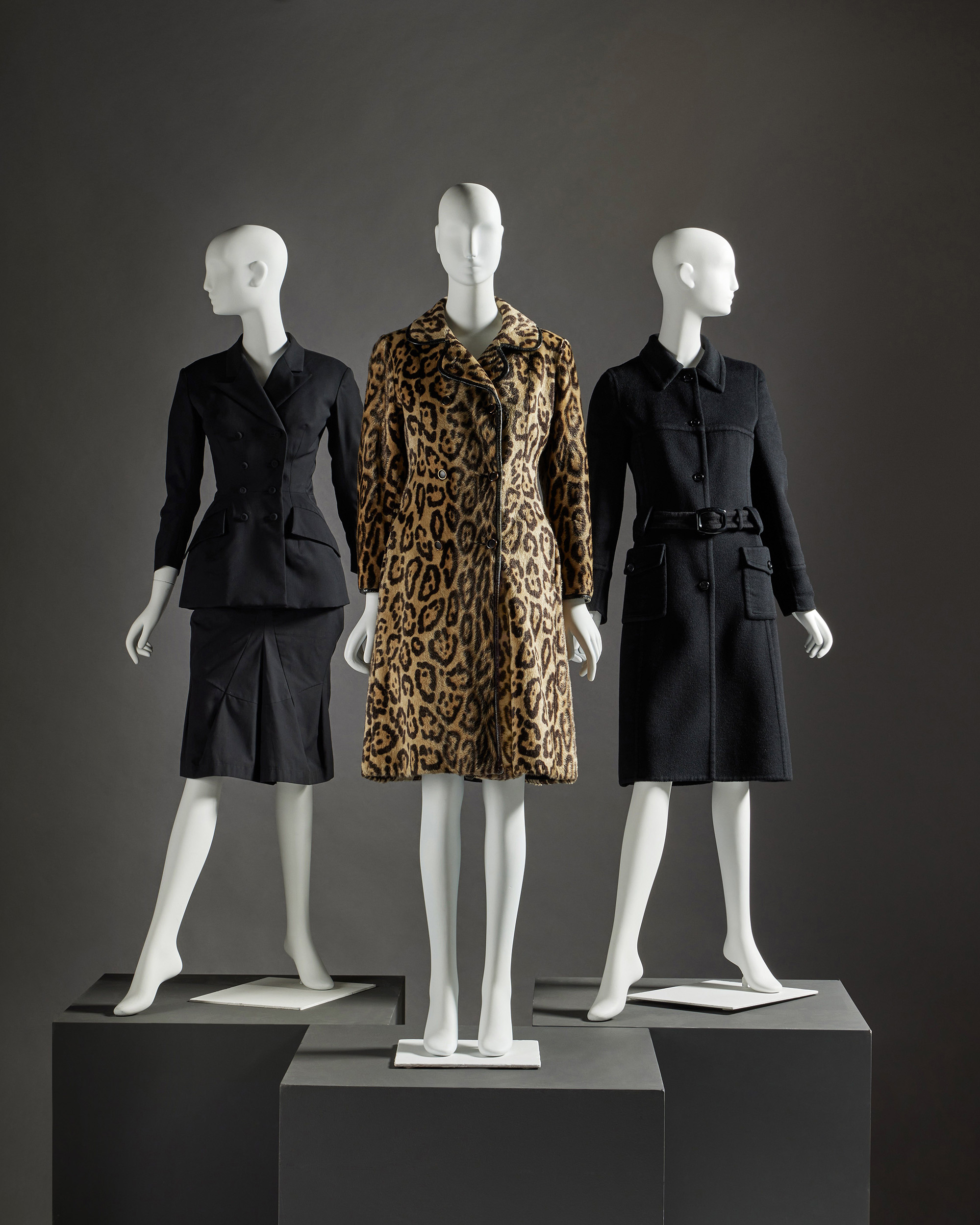
Welcome to The Curator, a newsletter companion to The Grand Tourist with Dan Rubinstein podcast. Sign up to get added to the list. Have news to share? Reach us at hello@thegrandtourist.net.
“How do you value allure? That’s such a good way of looking at it,” says Sotheby’s fashion and handbags specialist Lucy Bishop. For this year’s second annual Fashion Icons sale, which will be on display at Sotheby’s in New York starting December 5, Bishop has projected an estimate for the price of the three headlining pieces: a ’60s faux-leopard fur coat, a black Prada wool coat, and a Yohji Yamamoto double-breasted jacket, all from the personal collection of revered fashion icon Carolyn Bessette-Kennedy. (Bessette-Kennedy gifted close friend and assistant to John F. Kennedy Jr. RoseMarie Terenzio these items in the 1990s.) Once quality is assessed, desirability comes into play. How much can intrigue play into the equation?
Throughout her career, Bishop has handled the sale of items from notable wardrobes, including those of Princess Diana, Audrey Hepburn, Elizabeth Taylor, Queen Elizabeth II, and Princess Ramasindrazana of Madagascar. “It’s my job to find those special pieces to put in that sale and to correctly authenticate, research, and value them,” says Bishop. “My role is a very busy one.” (I caught her via phone in the car between meetings.) She works closely with major international museums as well as private collectors and individuals who simply love the subject. But all that planning only goes so far. “With auctions, we’ll never know until the day of.” Ahead, Bishop discusses the origins behind the Fashion Icons sale, the rise in archival fashion, and the value of personal history in this category. —Camille Freestone
Why did Sotheby’s start doing a Fashion Icons sale?
We realized that there was a gap in the market. No other international auction house had expertise in-house dedicated to this subject. And it’s such a fascinating one. It deserves to be recognized and to have its own dedicated sales.
So many of these pieces have a personal history behind them. Is that a real factor with your buyers?
Yes, absolutely. With fashion, obviously garments do hold intrinsic value. For a piece of fashion to be valuable and desirable at auction, it doesn’t necessarily have to have been worn by a notable figure. However, that certainly helps. And when you have a piece of fashion or clothing which has been worn by such an adored style icon as Carolyn Bessette-Kennedy, that’s where we see a huge increase in the global interest in such a piece and also an increase in its value.
In terms of personal histories, is this something that fashion sales has more than other categories because it is so inherently personal?
Yes, absolutely. I sound a bit arrogant for my category, but I have to say, honestly, yes, I think so. Fashion is intensely personal. And speaking in a historic context, when you walk into a museum and you see a painting of Queen Victoria, for example, it cannot compare to when you walk into that same room and you see one of the dresses that she actually wore. You can really feel how tall she was. You understand that she was a living person. It brings history to life. And that’s why repeatedly, fashion exhibitions are often the most heavily attended and the most financially successful exhibitions for museums because they really capture the interest of such a wide variety of people. So yes, I would say that fashion definitely is the best subject for that.
It’s more straightforward to price according to quality. How do you quantify allure?
The answer is with difficulty. It’s never straightforward, and that’s really where my years of very, very niche expertise in this subject come into play. Fashion is very layered. There’s no direct formula for valuing a piece of fashion. With handbags, for example, it’s much more straightforward. With an Hermès handbag, the value is determined by the date, the size, the material, the color, and the condition. You have certain parameters that you look for. Whereas with fashion, it’s so nuanced. So yes, I do start by looking at the garment. The piece itself will have some sort of intrinsic value based on who the designer is. That’s very important. When was it made? Is it haute couture or is it ready-to-wear? But also, the value’s hugely affected by who wore it.
In the case of Carolyn Bessette-Kennedy, this is the first time that three of her garments have been presented for auction. I think we will see more of her pieces emerge as the years go by. And obviously as more pieces are sold, we’ll have more of a record in terms of value. But the short answer to your question is that if you were to ask me what the pieces are worth, I would say they are priceless. You can’t put a figure on allure. The estimates start at $15,000. It’s an estimate which reflects that each is a significant piece, but is attainable for many people who may be wishing to bid. And my hope would be that given the global interest in these pieces, we’re going to see those estimates exceeded on the day.
How did this sale specifically come to be?
I have always felt in my bones that pieces of Carolyn’s would start to emerge on the market. She’s always been at the top of my wish list as an icon whose wardrobe I would love to research and to present for sale. Maybe about 10 or 15 years ago, when I would speak about her with my colleagues, they would think I was crazy. They didn’t really see the value in her pieces. Obviously as the years go by, the history books have spoken. And I think 25 years after her very sad death, Carolyn Bessette-Kennedy still remains one of the definitive style icons of the 20th century, especially of the 1990s. In fact, we’ve actually seen an increase in interest in her over the past 10 years and also in the 1990s as a period in time.
I relocated to New York at the start of this year from London. I was tasked with curating the Sotheby’s Fashion Icons sale. Well, who was at the top of my list in my mind when I landed in New York? It was Carolyn Bessette-Kennedy. I had remembered reading about [executive assistant to John F. Kennedy Jr.] RoseMarie Terenzio. There was a story that she had been getting ready to go on a date back in the ’90s. Her friend, Carolyn Bessette-Kennedy, had said, “Well, what are you wearing?” And she said, “Oh, I don’t know.” And Carolyn had said, “Oh, well, come upstairs and let’s see what I can give you.” She gave her this leopard-print coat. In true New Yorker fashion, I picked up the phone and I cold-called her. I said, “You don’t still happen to have that coat, by any chance, do you?” More than 25 years later. And RoseMarie said, “Well, yes, actually, I do.” So that’s how we met, and that is how we’re here now.
Who is the typical clientele for a fashion sale?
I’m very biased, but I happen to think that the fashion department has the most interesting and varied clients of all the departments. I’m sure the other departments might want to fight me on that. The Sotheby’s fashion client really could be anyone. It’s so diverse. We certainly have every major museum, both established museums and smaller, more specialized institutions that have fashion collections. We have Hollywood stylists and clients who collect fashion the same way that a typical Sotheby’s client might collect art. We also have private individuals who might be buying to wear. So it’s really varied, and that’s what makes the Sotheby’s Fashion Icons sale such an exciting one to be a part of.
Is it exciting for you to watch this rise in archival fashion, whether it’s an increasing interest in vintage or a historical piece on the red carpet?
It is. Obviously, archival fashion has always been the center of my world, and it definitely is an established subject. For example, the Costume Institute at the Met in New York has one of the best fashion collections in the world. So museums and other institutions have long recognized the importance of fashion as a subject, but also as a way of documenting social history. The explosion of interest in archival fashion and the resurgence of vintage pieces being worn by celebrities is so heartening for me to see. I absolutely love watching the red carpet, and I get so excited when I recognize a piece of archival fashion being worn.
Obviously you preserve these pieces so well, but fashion generally depreciates at a faster rate than a handbag or something like jewelry. Is that a worry, that an item won’t hold its value if it’s used?
Typically speaking, contemporary fashion loses the majority of its value the second you walk out of the store. When we are speaking about fashion that is being sold at auction, we’re typically speaking about vintage pieces and archival pieces, which are from the major designers of decades past. There’s very little fashion being produced today that is going to hold its value, unfortunately. Of course, the topic of whether archival pieces should be worn or not is very intensely debated among the fashion community. Museums absolutely would advise that they should not be worn, but there are many people out there who do wear them.
As an auction specialist, I sit democratically in the middle of that conversation, and I think there’s an argument for both sides. Every piece that’s presented for auction is unique, so it depends what the particular item is. But ultimately, if the piece is structurally secure and the fabric is in good condition, if it’s going to be worn carefully and then properly cleaned and conserved, then quite possibly an individual could then resell it at auction and it won’t have affected the value at all. If it’s worn and it’s damaged, then of course that would affect the value. So it’s a difficult one.
The Fashion Icons Sale auction will open for online bidding on November 27 and close December 17, with garments on display at Sotheby’s New York December 5 through December 10.
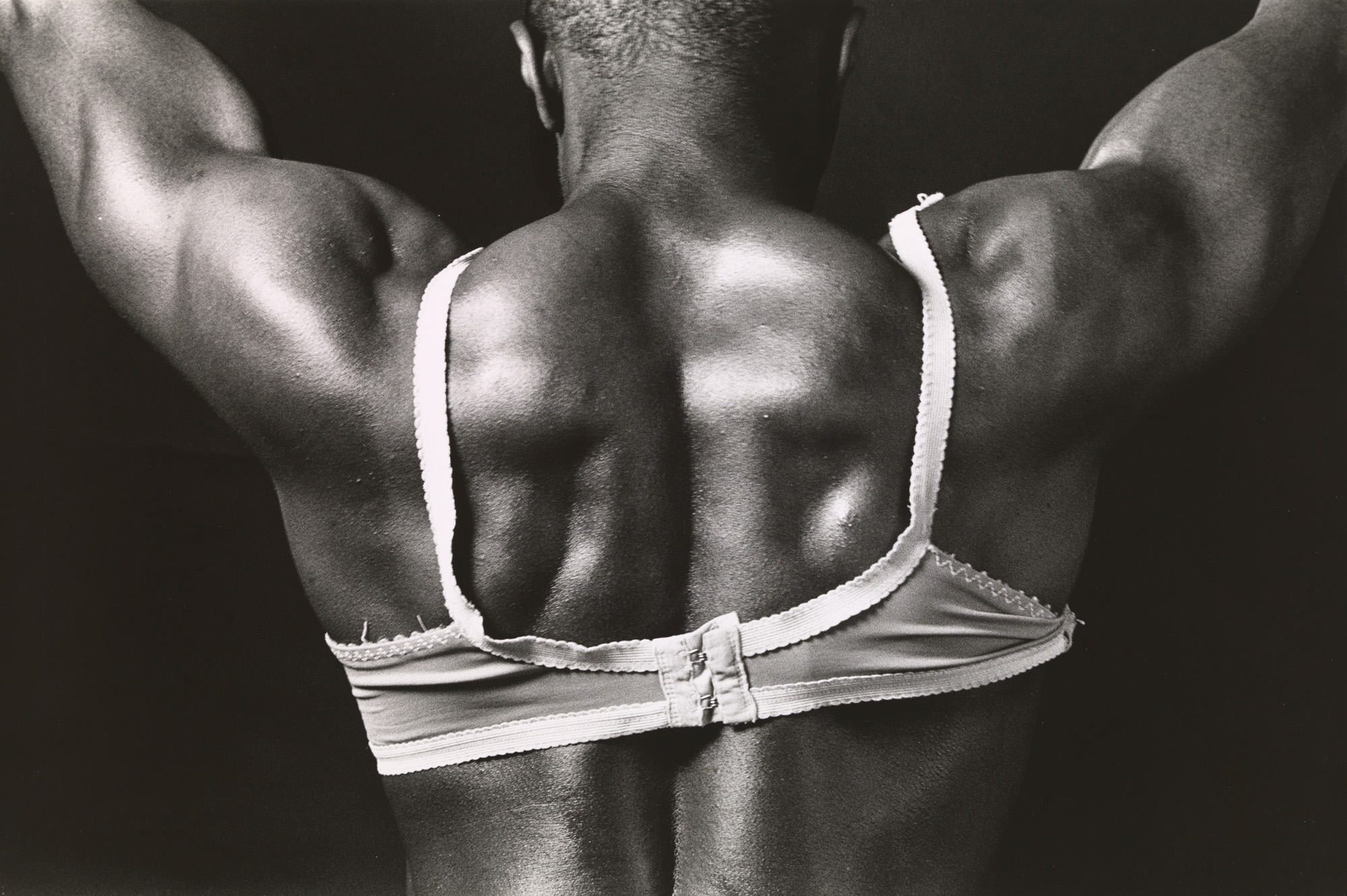
Surrealist Furniture; Snapshots of Britain in the ’80s; and a Friendship That Broke Artistic Convention
Detroit, “Chris Schanck: A Surreality” (Until Feb. 23)
Chris Schanck’s sculptural furniture objects look like they might begin bubbling, fizzing, and multiplying. The designer’s favorite technique sees mundane things like plywood pasted with tinfoil and coated in resin to get this warped, dreamlike effect. In his latest creations, he unleashes his imagination on coffee tables, mirrors, tables, and chairs, until they are unrecognizable. In his hometown of Detroit, this exhibition places Schanck and his fantastical creations at the forefront of the 100-year-old surrealist genre. mocadetroit.org
London, “Lenore Tawney & Toshiko Takaezu: A Remarkable Friendship” (Until Dec. 21)
The lifelong friendship between two unprecedented women, weaver Lenore Tawney and ceramist Toshiko Takaezu, began in 1957 when they became acquainted at an American Craft conference in California. Tawney was 50 and Takaezu was 35, but they shared an unorthodoxy in their practice, elevating their respective crafts to the status of fine art. They showed their work in joint exhibitions, traveled together, and greatly influenced one another in work and life. For some years, Tawney had an adjoining studio to Takaezu’s home in Quakertown, New Jersey. Reuniting their work again, and bringing Takaezu’s ceramics to the UK for the first time, this exhibition is a testament to their fruitful friendship and the shared sensibilities between their yarn and clay. alisonjacques.com
London, “The 80s: Photographing Britain” (Until May 5)
The ’80s were a pivotal decade for Britain, marked by political upheaval and social unrest. Photographers picking up their camera during these years documented a changing landscape, from miners’ strikes to people working, living, and eating. This exhibition presents a portrait of the decade in almost 350 photos from the perspectives of 70 photographers, including Paul Graham, Keith Arnatt, and Wolfgang Tillmans. tate.org.uk
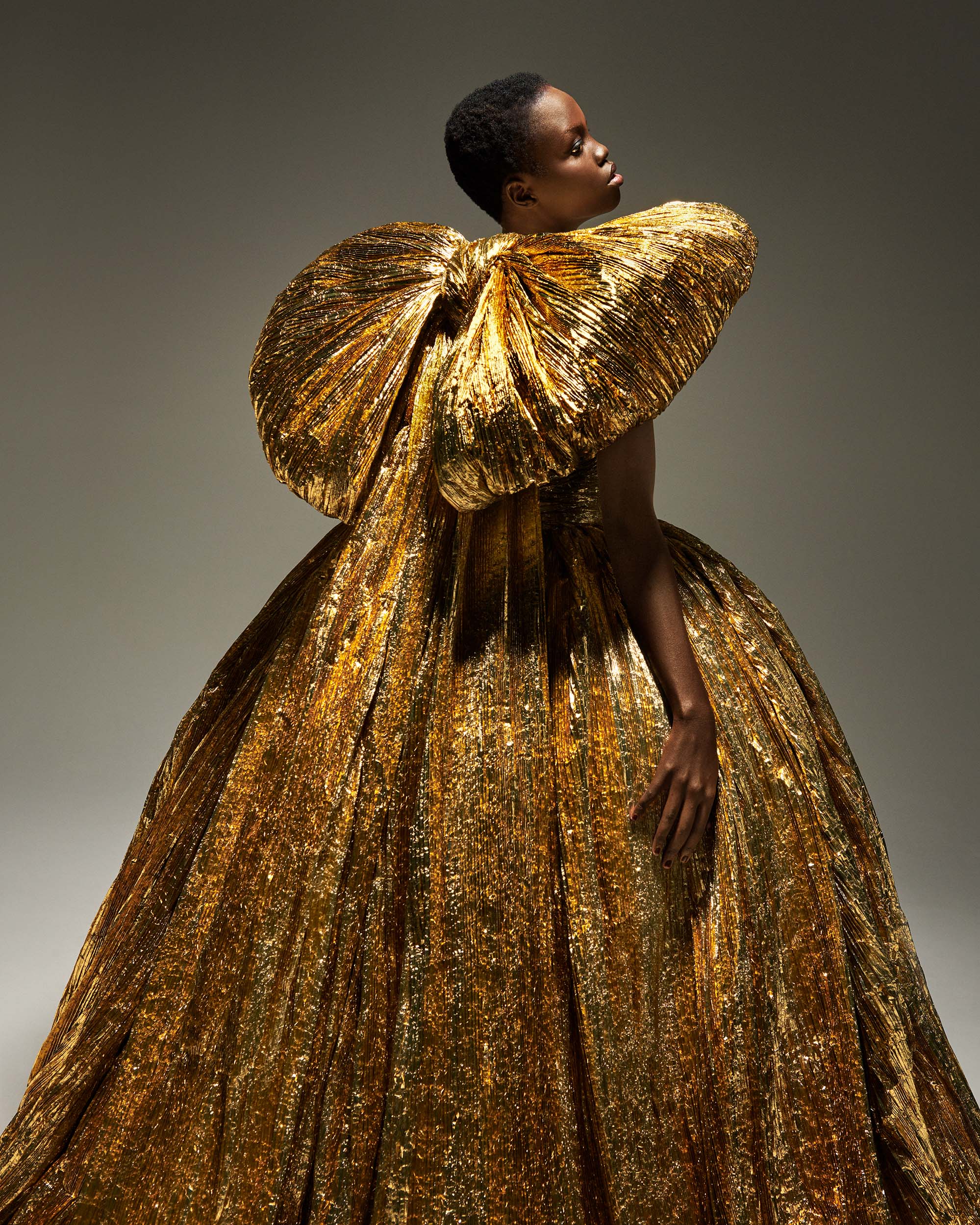
New York, “Solid Gold” (Until July 6)
Fame gets old. As a society, we tend to get bored as soon as something hits peak popularity. The Brooklyn Museum forgoes that attitude to celebrate history’s most obviously sought-after, powerful, and beautiful metal: gold. The ambitious exhibition showcases the use of gold across civilizations and time, from ancient Egypt to contemporary hip-hop culture. A few standouts in the exhaustive 500 works are an ancient Greek laurel wreath (one of the four surviving from the 3rd century B.C.), elegant Japanese screens, and fashion from the likes of Christian Dior and The Blonds. brooklynmuseum.org
Providence, “The Art of French Wallpaper Design” (Until May 11)
In the mid-1800s, French companies were supplying the aristocracy with gorgeous and incredibly expensive wallpaper. In fact, the first riot of the French Revolution attacked and set fire to industry giant Jean-Baptiste Réveillon’s wallpaper factory. But as the delicate florals and patterns faded and were pasted over, this piece of French and design history has largely been forgotten. With 100 preserved 18th- and 19th-century French wallpapers, borders, and sketches, this exhibition is a testament to the exquisite art of blockprinted, maximalist wallpapers. risdmuseum.org —Vasilisa Ioukhnovets

A great design or art fair sets the tone for the year, defines the conversations, and points to where taste is headed. These are the fairs defining 2026. Save the dates.
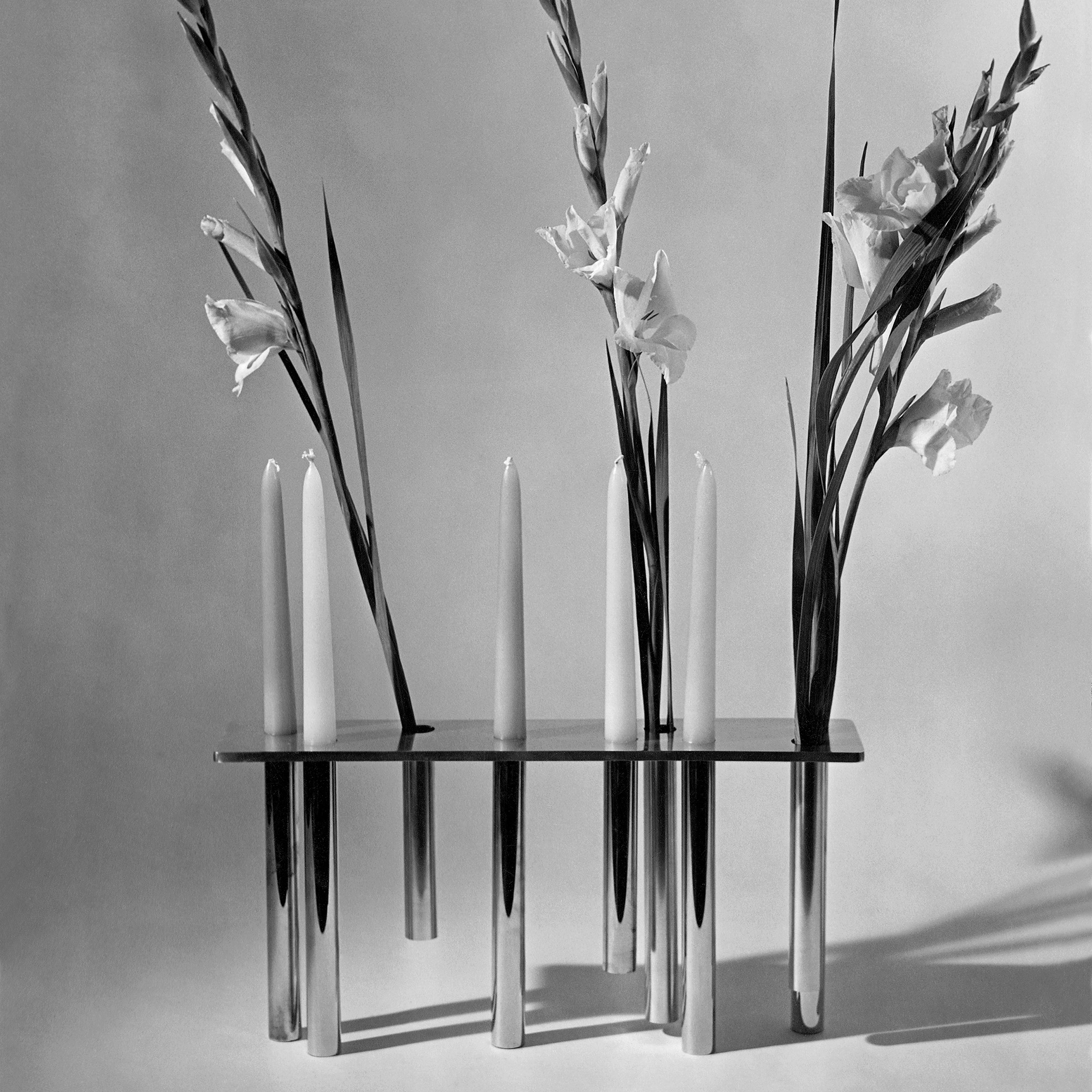
We assembled our favorite design objects for the people on your list that have everything, including taste.
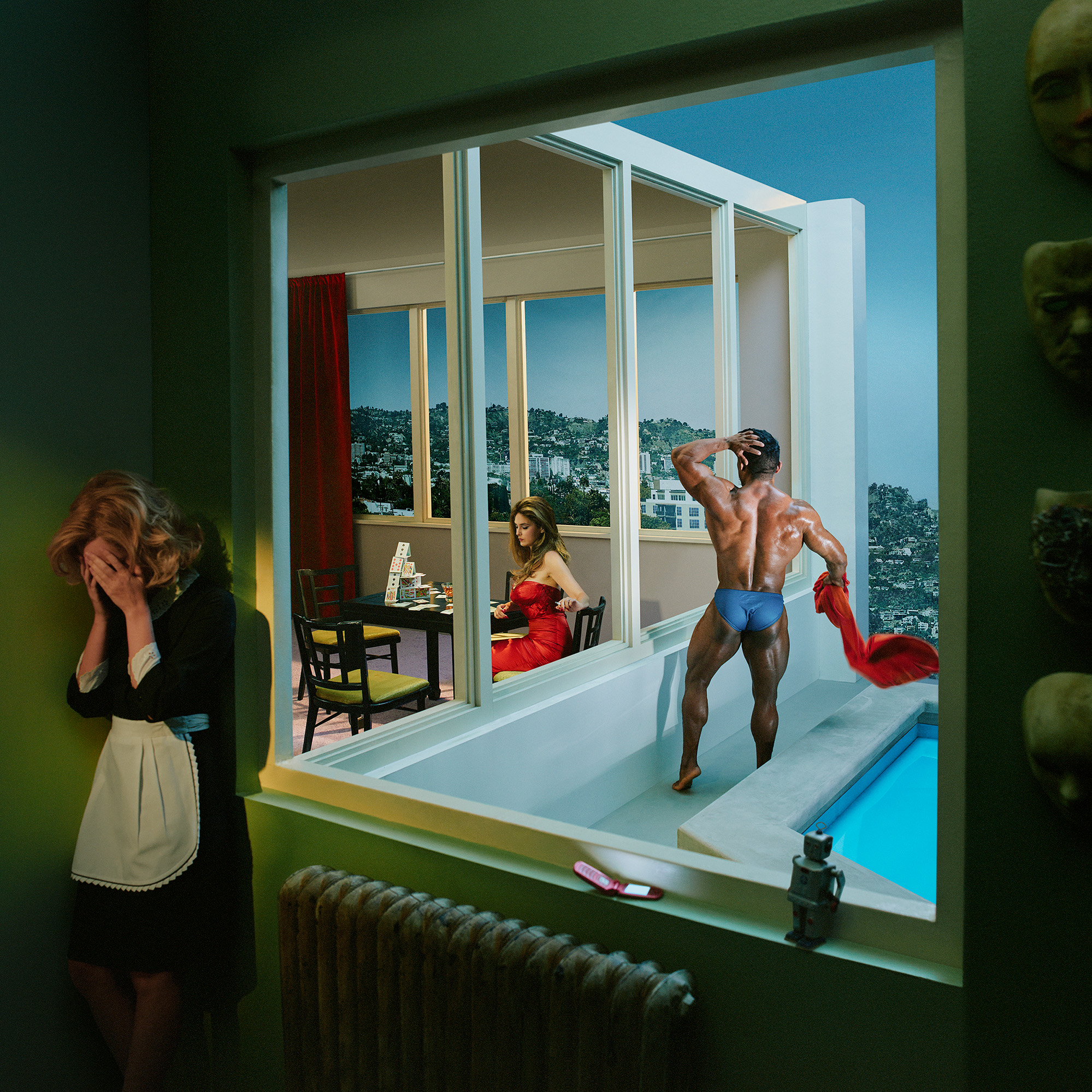
We checked in with our former podcast guests who will be inching through Miami traffic, unveiling new works, signing books and revealing new projects this year.